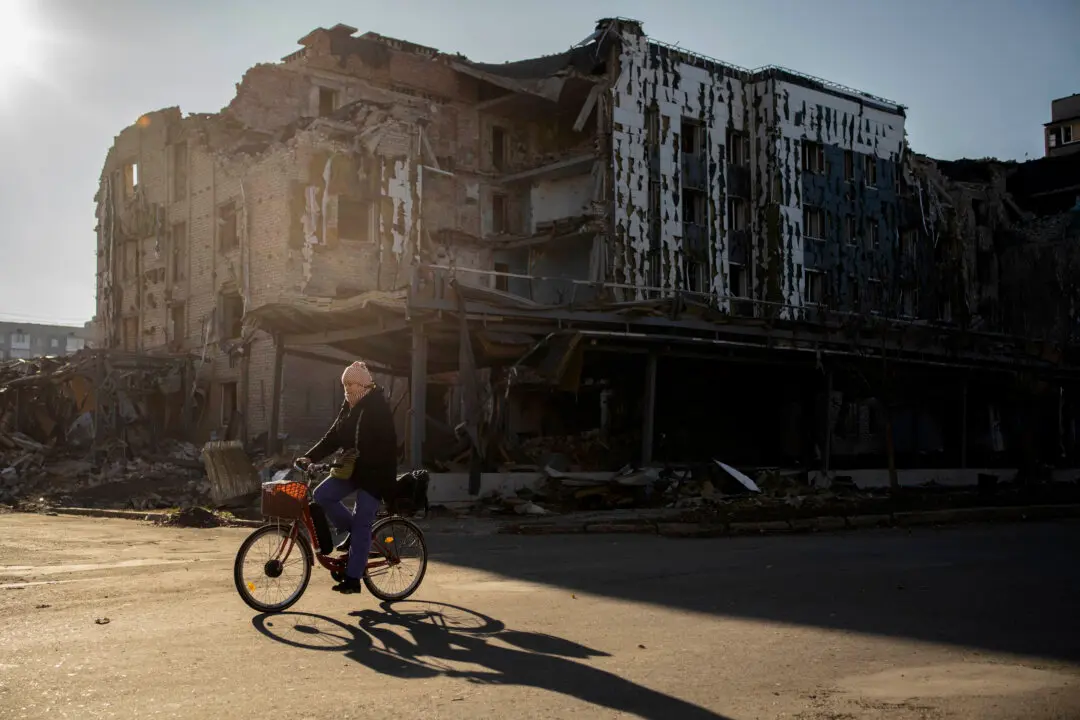At 33 weeks pregnant, Lisa Lehtinen cannot sleep at night as she worries about going into labour in her car or alone in a motel room far from home.
Her local maternity unit at Biloela in central Queensland has been on bypass since August, meaning expectant parents have to travel 140km to Rockhampton Hospital to give birth.





